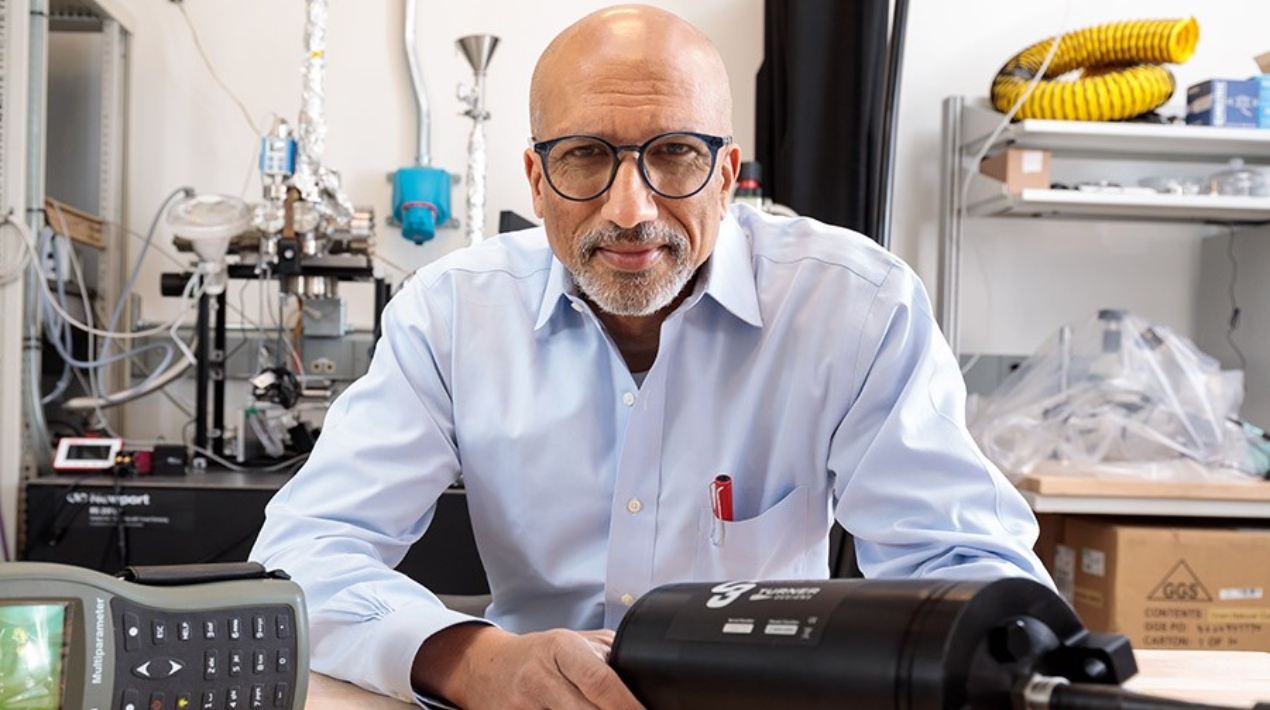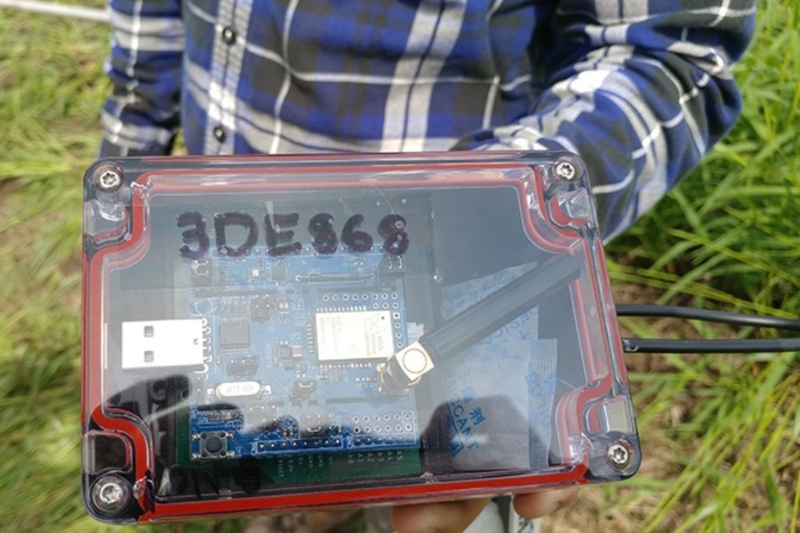
Supratik Guha, Professor at the University of Chicago’s Pritzker School of Molecular Engineering (PME) and a senior adviser at Argonne National Laboratory builds network sensors which provide much-needed information about the planet’s rapidly changing nature. The networks have sensor arrays that monitor vast swaths of land and water for pollutants, moisture levels, and chemical composition.

The attempt is part of the internet of things (IoT) project, which aims to boost connectivity and information sharing significantly. A fundamental pillar of the “fourth industrial revolution” is the increased web of interconnected devices. Prof Guha and his colleagues foresee a web that extends beyond buildings and into the landscape, producing a sensory network that measures pollution and nutrient levels in the air, soil, and water.
“These sensor networks will deliver real-time, high-density data vital to constructing a precise picture of an environment. We want to see how rivers are polluted and how much fertiliser is washed away from the soil. With more data, terrestrial ecologists can construct better nitrogen and carbon dioxide cycling models, and farmers can use the perfect quantity of water at the exact right moment,” says Prof Guha.
Gregory Grant, a fourth-year PhD student who worked on the research, describes the ecosystem’s greater possibilities. Researchers can monitor water quality and soil temperature by unobtrusively deploying sensors over a field, national forest, or nature preserve. The data is a powerful tool for tracking wildfires, which are common in places like California and for agricultural management.
“We can make informed decisions about dangers, water usage, fertiliser runoff, pollution—so there’s much we learn.”
Minor data points in agriculture can have far-reaching consequences. For example, volumetric water content—water absorbed into a specific patch of dirt – determines whether a farmer irrigates his crop today or tomorrow. Plants that receive insufficient water may wither. On the other hand, too much water causes soil erosion, wastes an increasingly scarce resource, and pollutes the downstream supply. The same is true for terrestrial ecology: data is king. However, until recently, quality data on short-term environmental changes were complex.
Prof Guha and his colleagues developed three distinct environmental sensor networks under the Thoreau project (after the famous naturalist Henry David Thoreau). They made use of the availability of less-priced sensors and low-power wireless technologies.
In 2017, Professor Guha established India’s first environmental sensor network to monitor river pollution. He and his team have joined a global collaborative effort to apply cutting-edge technologies to ecological sustainability and advanced agriculture.
The second study measures the moisture content of the earth around the University of Chicago campus. The NSF and USDA discovered the experimental network as part of the AIFARMS Institute for Artificial Intelligence for Future Agricultural Resilience, Management, and Sustainability. AIFARMS is a multi-institution organisation advancing fundamental AI to address significant concerns in global agriculture. Guha believes that a collaborative atmosphere is crucial for handling such vital matters, which is one reason he was drawn to UChicago.
“One of the main reasons I came to the University of Chicago was to pursue different interests and collaborate with this network of experts,” Prof Guha explained.
The Guha water project started with a collaboration with Anup Malani of the University of Chicago Law School and expanded through connections with The Energy Policy Institute (EPIC) and The University of Chicago’s Delhi office. The third experiment gathers soil data at a pilot farm near Fermi National Laboratory in Batavia, Illinois, all year.
Prof Guha suggested that to make today’s complex environmental concerns a reality; academics must address issues such as socioeconomic factors, political considerations, regulatory considerations, and business considerations. He hopes to lower the cost of his sensor units while streamlining the system and intends to expand it globally using a simple solution. The researchers are also developing novel sensors that can easily measure various characteristics that are now difficult to assess, such as nitrate level in soil and microbial content in water and soil.
















